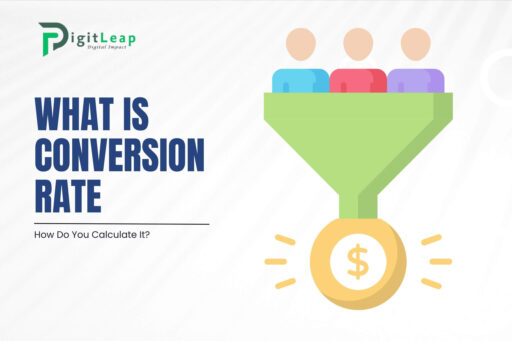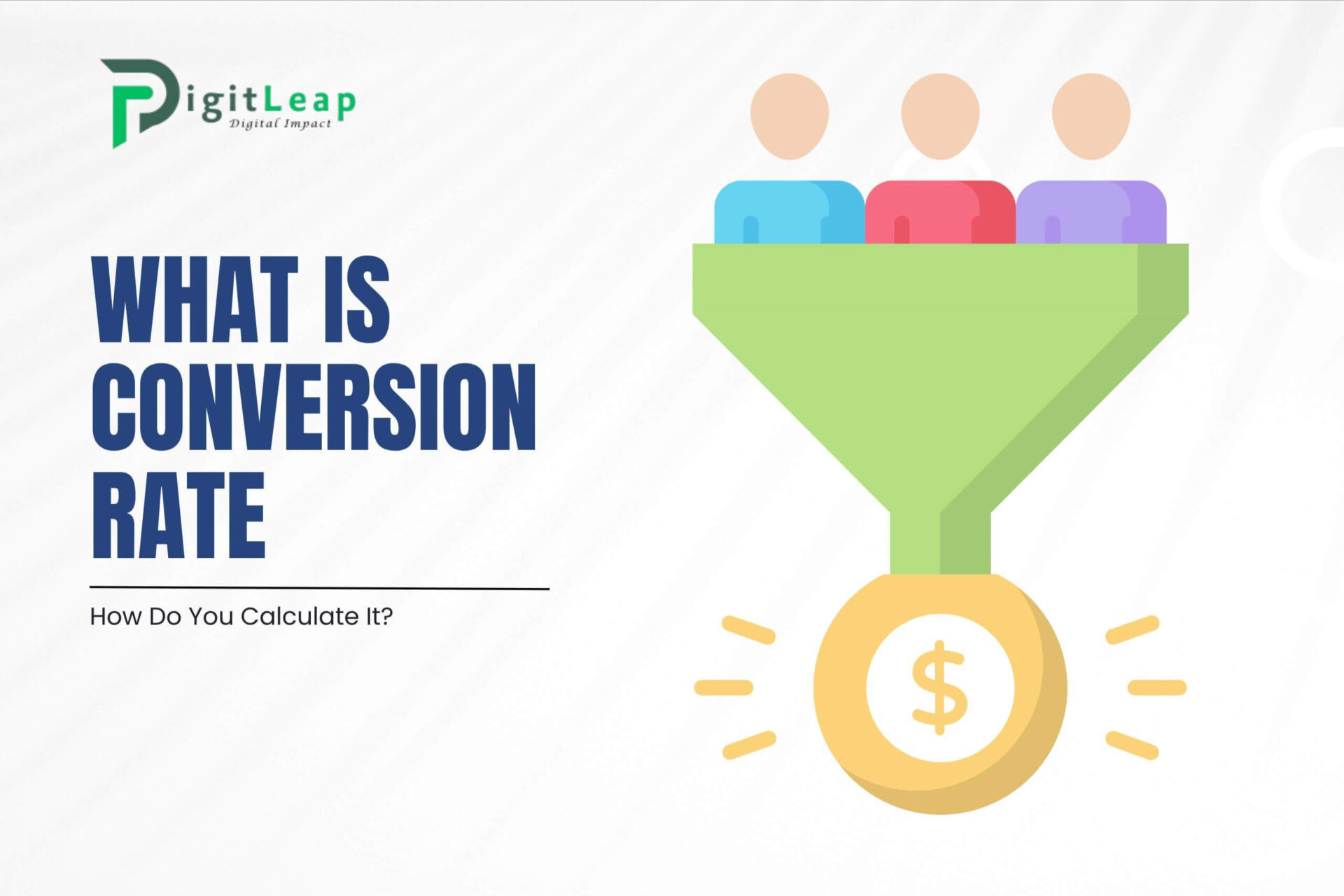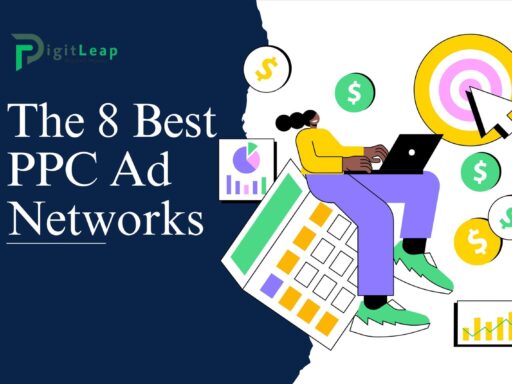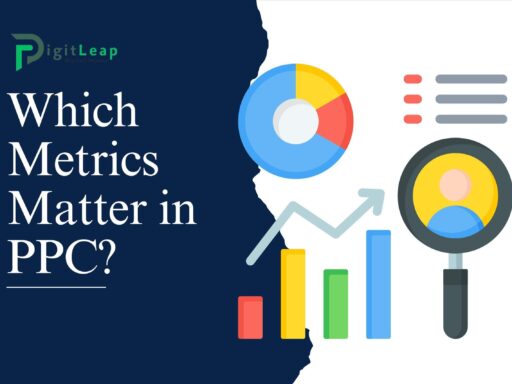What Is Conversion Rate & How Do You Calculate It?
In the world of digital marketing, there’s one metric that can make or break your online campaigns: conversion rate. Whether you’re running ads, sending emails, or optimizing your website, understanding conversion rate is key to measuring success. But what exactly is conversion rate, and how can you calculate it? Let’s break it down in simple terms.
What Is Conversion Rate?
At its core, conversion rate is a measure of how many people take a desired action on your website or marketing campaign. A “conversion” happens when a user does something that aligns with your business goals—this could be anything from making a purchase, signing up for a newsletter, downloading a resource, or even filling out a contact form.
In other words, it’s the percentage of users who “convert” based on what you want them to do.
For example, if you’re running an online store, your main conversion goal might be sales. For a blog, a conversion could be getting users to sign up for an email list. The beauty of conversion rate is that it’s flexible and can be customized to your specific objectives.
Why Is Conversion Rate Important?
Conversion rate tells you how effective your marketing efforts or website are at getting visitors to take action. A high conversion rate means you’re doing something right—you’ve managed to convince a large portion of your audience to take the next step. On the other hand, a low conversion rate could signal that there’s room for improvement, whether that’s in your messaging, design, or user experience.
Ultimately, the conversion rate is one of the best indicators of whether your marketing strategy is working or not. It helps businesses of all sizes understand the efficiency of their campaigns, optimize performance, and get the most out of their marketing budget.
How Do You Calculate Conversion Rate?
Calculating your conversion rate is pretty straightforward. Here’s the formula:Conversion Rate=(Number of ConversionsTotal Number of Visitors)×100\text{Conversion Rate} = \left( \frac{\text{Number of Conversions}}{\text{Total Number of Visitors}} \right) \times 100Conversion Rate=(Total Number of VisitorsNumber of Conversions)×100
Let’s break it down:
- Number of Conversions: This is the total number of times the desired action (such as a purchase or sign-up) was completed.
- Total Number of Visitors: This refers to the total amount of traffic (or potential customers) that landed on your website or campaign page.
Now, let’s look at an example to make it clearer.
Example of Conversion Rate Calculation
Let’s say you run an online store, and in one month, your website received 5,000 visitors. Out of those, 150 people made a purchase. To calculate your conversion rate, you would plug the numbers into the formula:Conversion Rate=(1505000)×100=3%\text{Conversion Rate} = \left( \frac{150}{5000} \right) \times 100 = 3\%Conversion Rate=(5000150)×100=3%
In this case, your conversion rate would be 3%, meaning 3 out of every 100 visitors ended up making a purchase.
How Can You Improve Your Conversion Rate?
Once you’ve calculated your conversion rate, the next step is to focus on improving it. Even small increases in conversion rate can lead to big returns in terms of revenue, leads, or whatever action you’re trying to drive. Here are a few proven ways to boost your conversion rate:
- Optimize Your Landing Pages: Your landing page is often the first impression potential customers have of your business. Make sure it’s visually appealing, loads quickly, and communicates a clear value proposition. You should also include a strong call-to-action (CTA) that tells visitors exactly what to do next.
- A/B Testing: Experiment with different headlines, images, colors, and CTA buttons to see which combinations perform the best. A/B testing helps you identify what resonates most with your audience and which variations lead to higher conversions.
- Simplify Forms: If you’re asking users to fill out a form, keep it short and to the point. Long, complicated forms can deter people from completing the process. Only ask for the information that’s absolutely necessary.
- Mobile Optimization: With more and more users browsing and shopping on mobile devices, your website needs to be fully optimized for mobile. A clunky, slow mobile experience can drive users away, affecting your conversion rate negatively.
- Improve Trust Signals: Displaying customer reviews, testimonials, and trust badges (like security certifications) can help build credibility and convince users that they’re making a safe and smart decision by converting on your site.
- Target the Right Audience: Even the best landing page in the world won’t convert if you’re not reaching the right audience. Make sure your marketing efforts are reaching people who are genuinely interested in your product or service.
What Is a Good Conversion Rate?
There’s no universal answer to what a “good” conversion rate is—it varies depending on your industry, goals, and the type of action you want users to take. However, on average, a conversion rate between 2% to 5% is considered healthy for most industries. Of course, the higher your conversion rate, the better. But keep in mind that a high conversion rate on a low-traffic website might not be as valuable as a lower conversion rate on a high-traffic website.
The key is to constantly measure and optimize your conversion rate over time, striving for continuous improvement.
Conclusion
Conversion rate is one of the most crucial metrics in digital marketing. It tells you how well you’re turning visitors into customers, subscribers, or leads. By understanding how to calculate your conversion rate and taking steps to improve it, you can make sure that your marketing efforts are more effective, ultimately leading to higher returns on investment.
At DigitLeap, we specialize in helping businesses optimize their conversion rates and grow their digital presence. Whether you’re looking to improve your website’s performance or maximize the effectiveness of your online campaigns, our team is here to guide you every step of the way.






